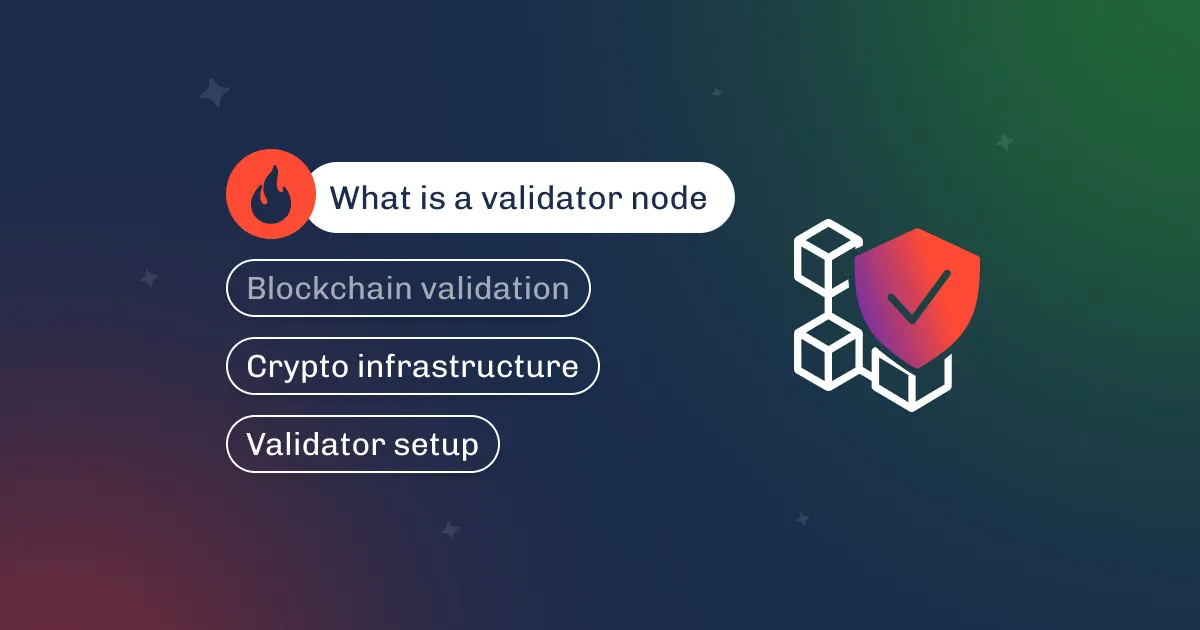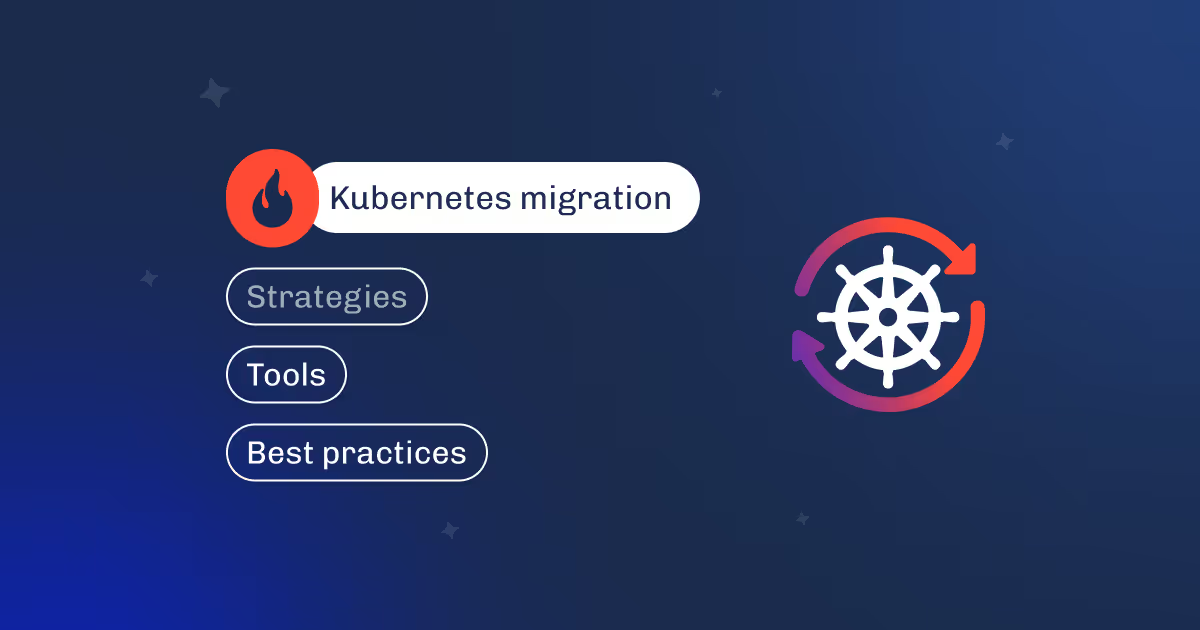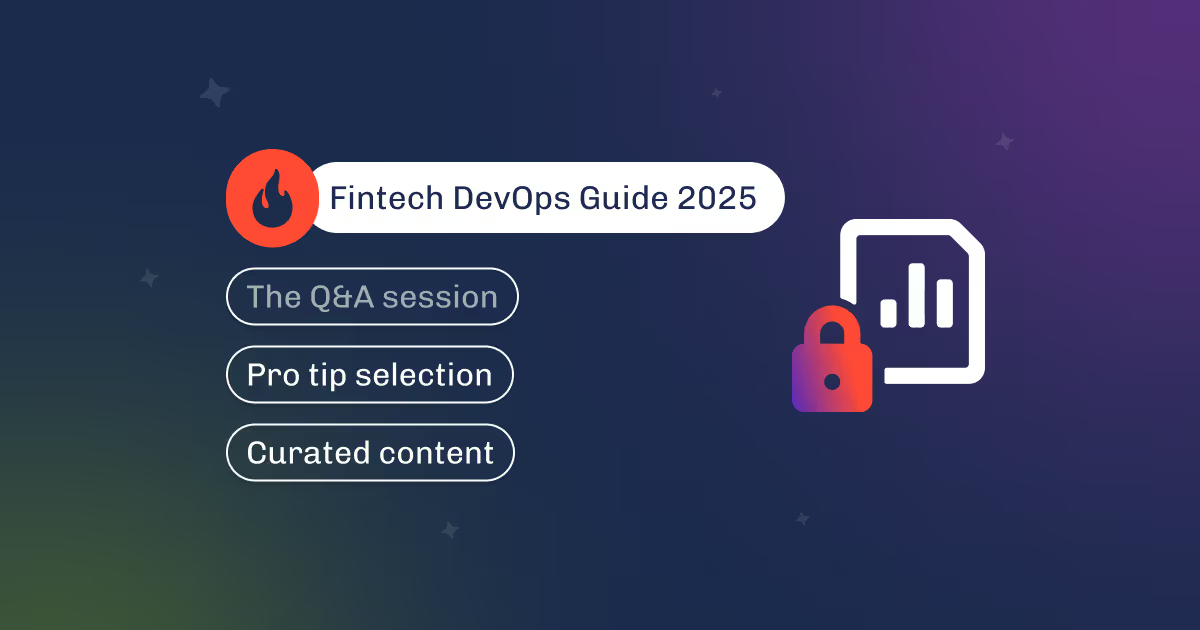

There’s only one way to make your fintech startup promising and viable, and we’re here to explain why DevOps is an inseparable part of such a way.
We collect the hottest questions from interviews with our potential fintech clients, partners, and startup accelerators related to DevOps practices to enrich them with answers from our DevOps experts.
We also added a curated list of practical to-do lists, playbooks, case studies, and other things that will make you return to this guide in times of need.
So let’s shed some light on the most disturbing questions about DevOps for you, as a leader of a future fintech startup.
Applying DevOps as a framework gives your project direct business benefits:
DevOps enables fintech startups to deliver new features and products faster than traditional IT approaches. According to a 2025 industry report, 80% of financial organizations using DevOps have accelerated their product delivery cycles and can respond to market changes more quickly.
A McKinsey study found that 33% of fintech projects miss deadlines without DevOps, while those that adopt it see a 52% faster recovery time from incidents and a 41% reduction in defect rates.
This speed is crucial in fintech, where being first to market with a new feature or regulatory update can mean the difference between gaining and losing customers.
Compliance failures for fintech are catastrophic. DevOps automates compliance checks and audit trails, making meeting standards like PCI DSS, GDPR, and SOC 2 easier. 63% of mature DevSecOps teams in finance have automated compliance and governance in their pipelines. Automated policy enforcement and real-time monitoring reduce manual errors and ensure that every deployment meets regulatory requirements.

This not only speeds up audits but also reduces the risk of fines and legal issues.
Reliability and security cost even more than compliance in fintech. DevOps practices like continuous monitoring, automated testing, and rapid incident response reduce downtime and payment failures—key drivers of customer trust. Automated security checks and real-time compliance build confidence with both users and regulators, while DevSecOps has been shown to reduce security vulnerabilities by 50%.
This translates directly into higher retention and a stronger brand reputation.
To maximize the business benefits of DevOps in fintech, embed compliance and security automation directly into your CI/CD pipelines from day one. This approach—known as “compliance as code”—ensures every release is audit-ready and meets regulatory standards without slowing down delivery. Leading fintechs use automated policy checks, real-time monitoring, and immutable infrastructure to reduce manual errors and regulatory risks, while also enabling rapid scaling and innovation.
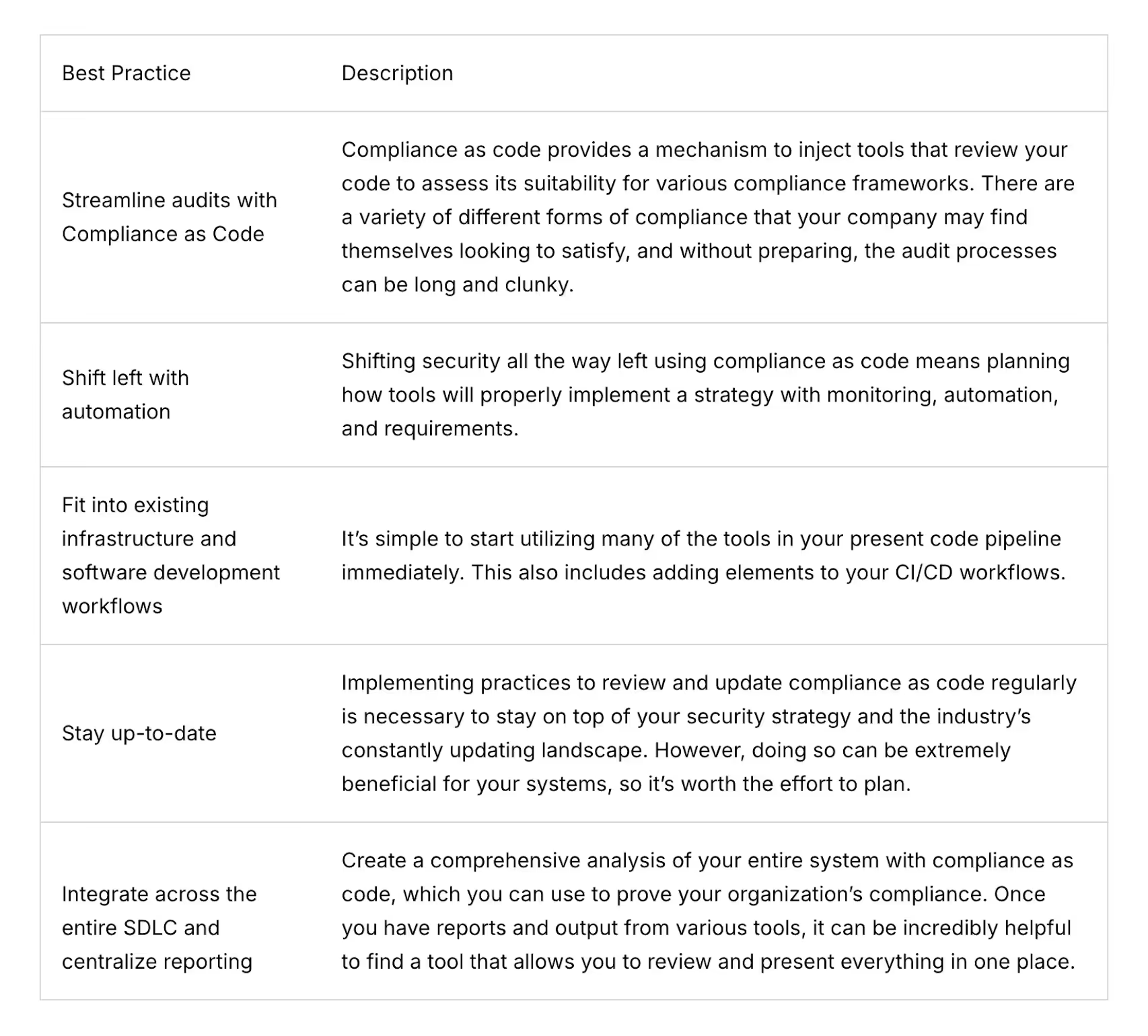
The most effective way to measure DevOps success is to track a handful of key metrics that directly reflect your team’s ability to deliver secure, reliable fintech products at speed. That will be good to start with, and later, your team and you will work out other metrics that will matter for you. The four industry-standard DORA metrics are:
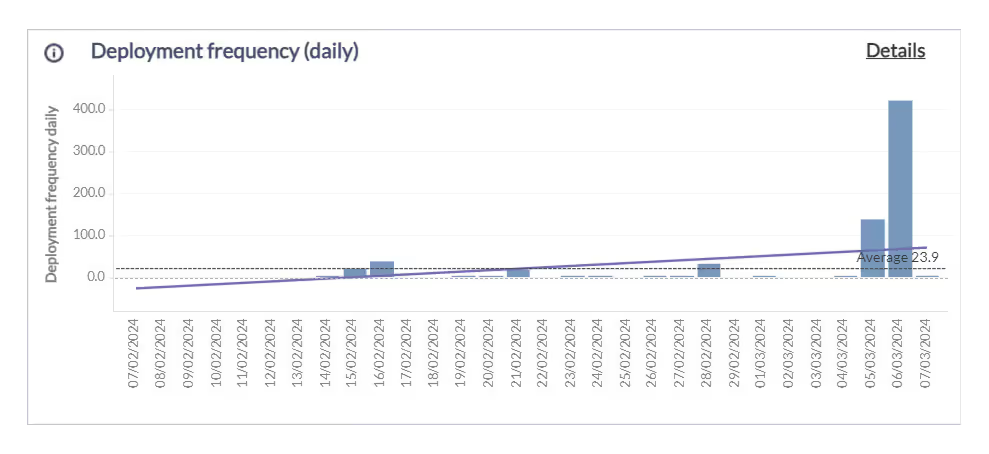
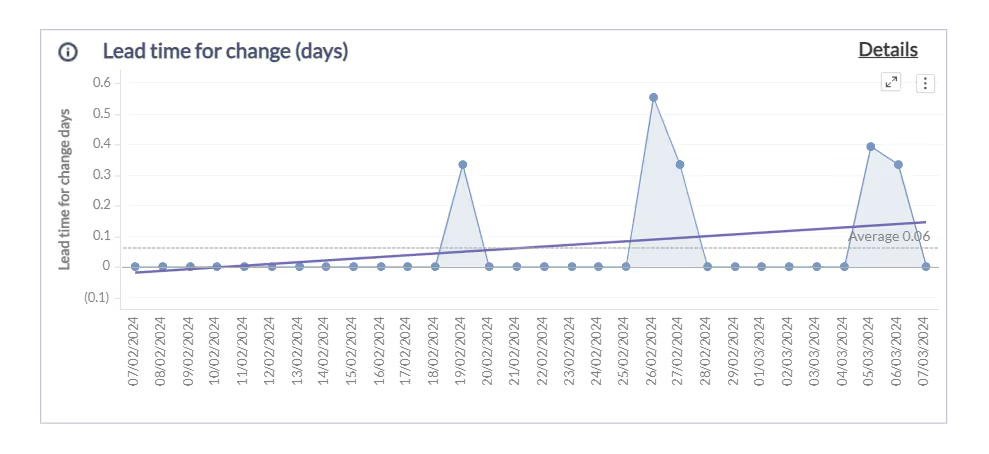
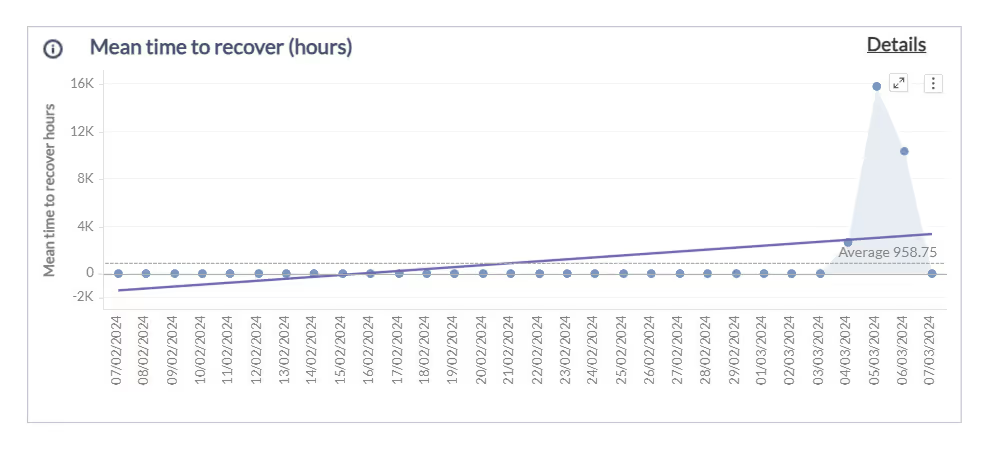
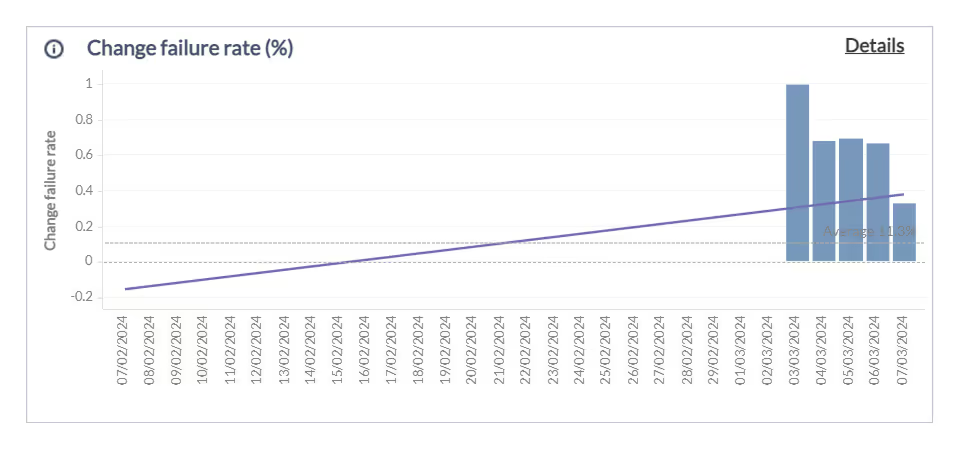
According to the 2025 State of DevOps report, fintechs that excel in these metrics are 208x more frequent in deployments and recover from incidents 2,600x faster than low performers.
Setting your metrics at the start means caring about the future of your business. Also, it prepares the base for discussion and goal alignment with those talents you plan to hire for your DevOps.
Don’t just track technical metrics—tie them to business goals. For fintech, this means:
Regularly review these KPIs with tech and business stakeholders to ensure DevOps drives real business value.
Automate the collection and visualization of your DevOps metrics using dashboards that combine technical and business KPIs. This gives leadership real-time visibility into how DevOps performance translates into customer experience, compliance, and growth—enabling data-driven decisions and continuous improvement.
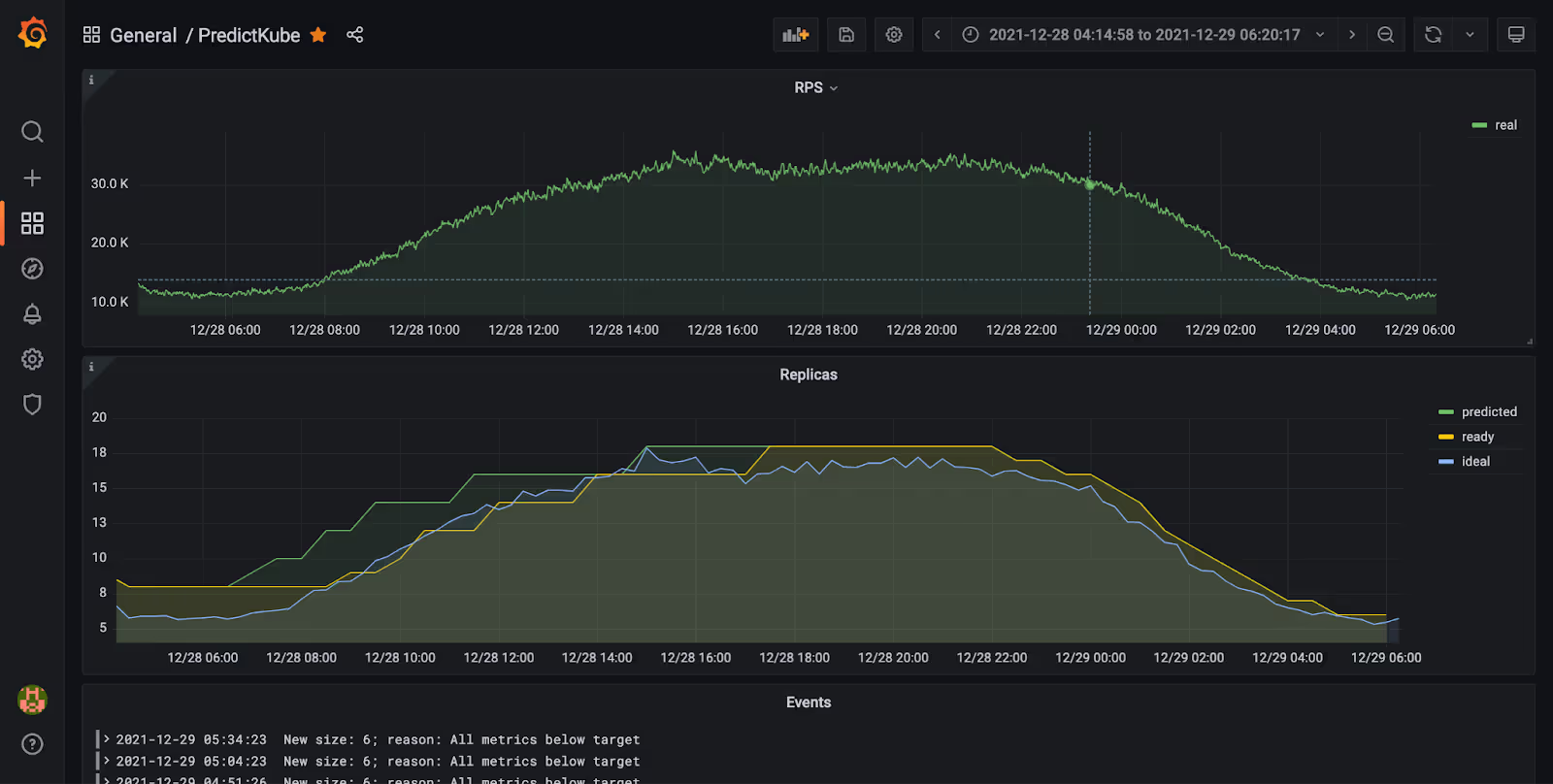
The most effective fintech DevOps teams are cross-functional, blending deep technical expertise with a strong focus on compliance and automation. The core roles you’ll find in high-performing fintechs are:
Other valuable roles include SREs (Site Reliability Engineers) for uptime and resilience, and compliance specialists who translate regulatory needs into technical controls.
Read how to hire the best DevOps team in our latest guide.
Current trend: The winning formula is a hybrid approach: build a strong in-house team for platform, DevOps, and security, while selectively outsourcing commodity tasks or leveraging expert partners for rapid scaling or niche expertise. This balances agility, compliance, and cost.
Invest early in platform and security engineering as core, in-house competencies. This not only accelerates delivery and innovation but also ensures you can adapt quickly to new regulations and market demands—without risking compliance or customer trust.
High-growth fintechs that excel at speed always couple cloud-native design with a DevOps framework and Infrastructure as Code (IaC). Below is a short, real-world-style roadmap that shows how the same product can roll out with—and without—DevOps. The conclusions speak for themselves.
| Timeline snapshot, with/without DevOps |
With DevOps & IaC (Cloud-native, modular) | Without DevOps (Traditional, manual) |
|---|---|---|
| Weeks 0-2 / Months 0-1 |
|
|
| Weeks 3-6 / Months 2-4 |
|
|
| Weeks 7-10 / Months 5-9 |
|
|
| Weeks 11-12 / Months 10-13 |
|
|
Conclusions:
And we should further emphasize the importance of IaC for your fintech project. IaC for rapid, compliant scaling will have the following components:
Use IaC to enforce resource limits, auto-scale workloads based on demand, and tear down non-production environments outside business hours.
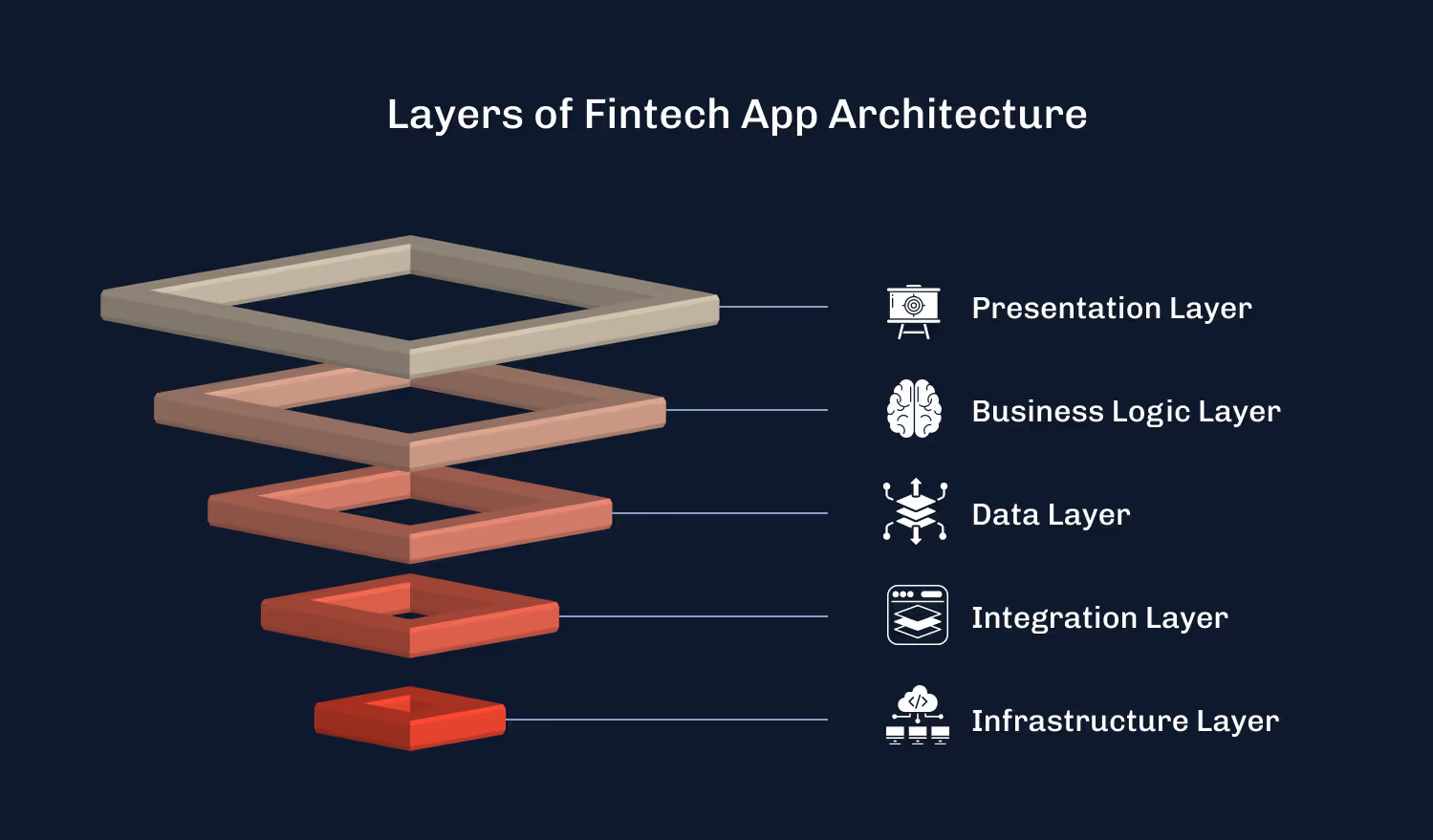
FinOps empowers you to track, allocate, and forecast cloud expenses in real time, making costs visible and actionable for every squad. By tagging resources, setting up automated budgets and alerts, and holding regular cost reviews, fintechs can quickly identify waste (like idle compute, over-provisioned databases, or forgotten test environments) and reallocate spend to what drives business value.
This collaborative approach ensures that cost optimization is built into daily workflows, not just a quarterly afterthought, and aligns engineering decisions with business goals.
With these simple strategies, fintechs can maintain high reliability and compliance while continuously optimizing spend, turning cloud costs into a lever for innovation rather than a source of surprise.
Choosing the right cloud is about more than brand recognition—it’s about compliance, security, fintech-specific services, and cost control. Here’s how the top three compare for fintech startups.
TL;DR:
| Feature/Need |
 AWS
AWS
|
 Azure
Azure
|
 Google Cloud (GCP)
Google Cloud (GCP)
|
|---|---|---|---|
| Compliance | PCI DSS, SOC 2, GDPR, ISO 27001; strong fintech compliance programs | PCI DSS, SOC 2, GDPR, ISO 27001; deep integration with Microsoft compliance tools | PCI DSS, SOC 2, GDPR, ISO 27001; strong data privacy, especially in the EU |
| Security | Advanced IAM, KMS, GuardDuty, Nitro Enclaves | Azure AD, Security Center, Confidential Computing | BeyondCorp Zero Trust, Security Command Center, Confidential VMs |
| Fintech services | Amazon QLDB (ledger DB), AWS Fargate, Open Banking APIs | Azure Payment HSM, Azure Blockchain Service, Logic Apps | Apigee (API mgmt), BigQuery, Vertex AI for fraud detection |
| Hybrid/On-prem | Outposts, Local Zones | Azure Arc, Stack HCI | Anthos, Partner Interconnect |
| Cost management | AWS Budgets, Cost Explorer | Azure Cost Management + Billing | GCP Billing, Active Assist |
| Global reach | Largest footprint, many regions | Strong in Europe, the US, Asia | Fast-growing, strong in analytics |
| Ecosystem | Deepest third-party marketplace | Best for Microsoft shops | Best for data/AI-driven fintechs |
DevOps experts in fintech often choose tools that are open, auditable, and strong on compliance—not just the most popular. Here are the categories and top picks:
| Category | Tool(s) DevOps Experts Use & Why |
|---|---|
| CI/CD |
GitLab CI/CD (self-hosted or SaaS, strong compliance, audit logs), Argo CD (GitOps for K8s, declarative, auditable) |
| IaC |
Terraform (multi-cloud, policy as code), Pulumi (supports modern languages, strong for fintech microservices) |
| Monitoring & Observability |
Prometheus + Grafana (open-source, customizable, strong alerting), Datadog (compliance-ready, SaaS, easy integration) |
| Compliance automation |
OPA (Open Policy Agent) (policy as code, integrates with CI/CD and K8s), Aqua Security (container compliance, runtime protection) |
| Secrets management |
HashiCorp Vault (auditable, enterprise-grade), AWS Secrets Manager (if on AWS) |
| Security & Vulnerability scanning |
Snyk (open source and container scanning, compliance reporting), Trivy (lightweight, integrates with CI/CD) |
| API management |
Kong (open-source, scalable, strong security plugins), Apigee (GCP, open banking APIs) |
Why these tools? They are:
Prioritize tools and clouds that offer built-in compliance automation, audit trails, and policy-as-code support. This not only accelerates regulatory approval but also reduces operational risk and cost as you scale.
AI-driven tools automate incident detection, generate test cases, optimize resource allocation, and even enable self-healing systems.
For the fintech, this means faster, more reliable releases and proactive risk management—AI can predict outages, flag compliance issues, and accelerate fraud detection.












Fintechs widely invest in IDPs that provide self-service tools, standardized environments, and automated guardrails. This reduces developer friction, speeds up onboarding, and ensures compliance is built into every workflow.
94% of organizations say platform engineering helps them fully leverage DevOps benefits.
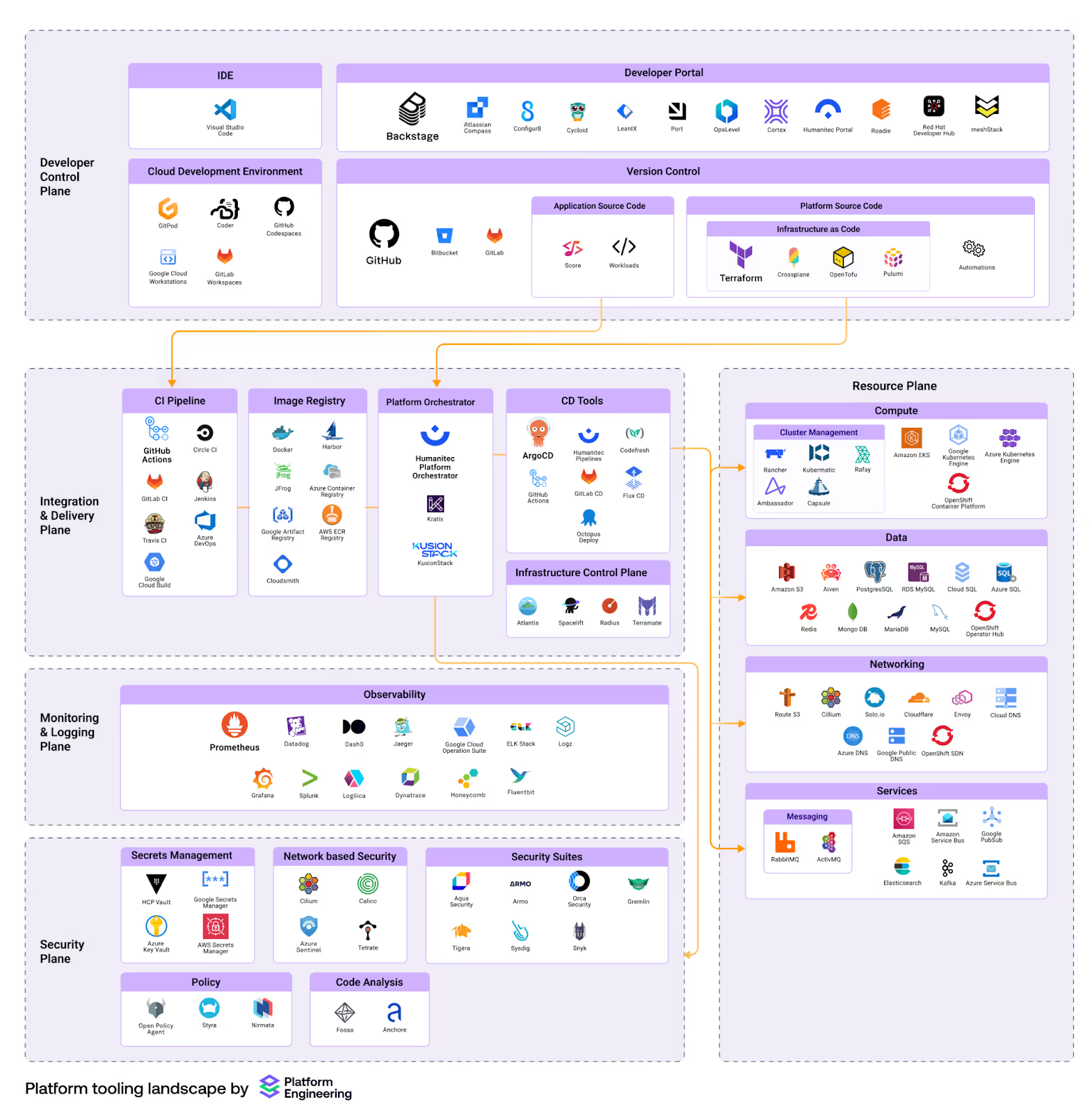
Invest early in an IDP that integrates AI-powered observability, automated compliance, and self-service infrastructure. This accelerates delivery, reduces operational risk, and ensures your fintech can adapt quickly to new regulations and market demands.
And to lift the spirits of our most diligent readers, here’s a prize for you: a curated list of Fintech development content. Enjoy! 🙂
For a C-level exec, we recommend starting with the "Accelerate" book and the PancakeSwap case study for strategic context, then supplementing with podcasts and YouTube for ongoing learning. Joining a few social channels will help keep a finger on the pulse of both DevOps and fintech trends.




